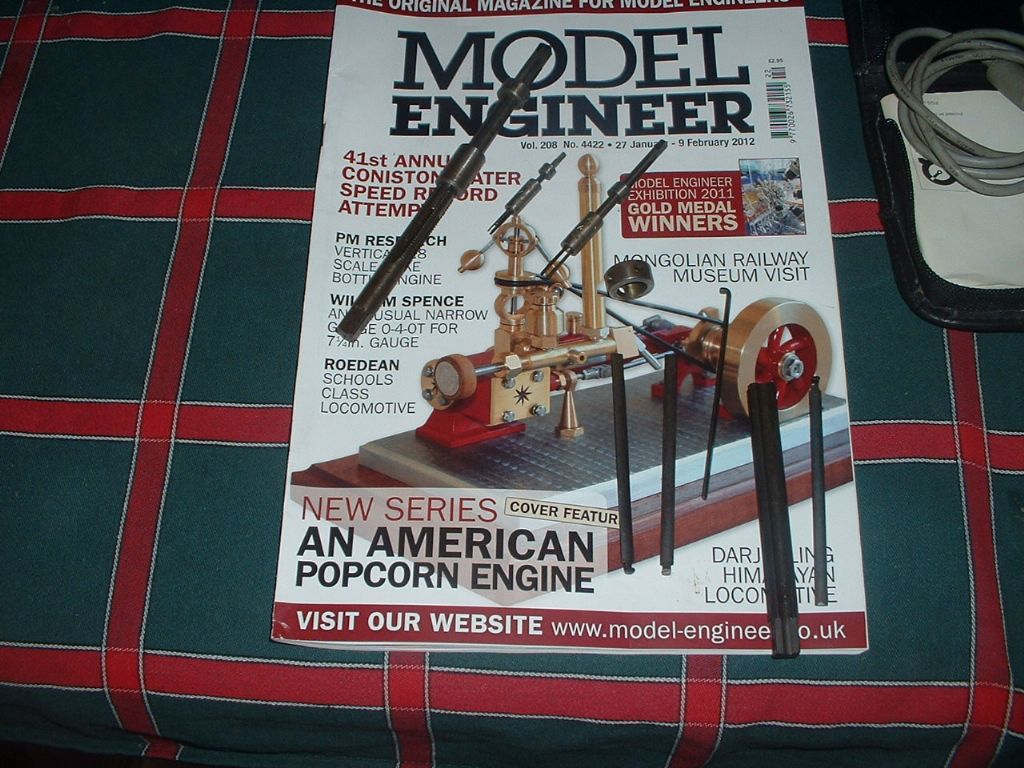A few possibilities, some of which have already been mentioned:
1) Hit the tap with a centre punch, or similar, to try and turn it such that it comes out of the hole
2) Similar to 1, but aim to shatter the remains of the tap
3) Weld a rod to the top of the tap, which then gives something to turn it with
4) Use a carbide stub drill or ball nose cutter to drill into the tap. The idea is to get the cutter and work red hot, that’ll allow you to drill a hole large enough to break up the remains of the tap. Go easy to start with or you’ll chip the cutter. You’ll also need a rigid setup, use the mill, not a drill press.
5) Spark eroder, although I assume that is a non-starter
The subject of tapping size drills has been covered recently, with some controversy I might add. Personally I agree with Sid; I use 5.3mm as a normal tapping drill for M6 in aluminium, steel and cast iron. I go up to 5.4mm for stainless steel.
Regards,
Andrew
John Coates.



 with an outside diameter 7.5mm. Now cut out a larger hole. Plug the hole In 15mm I would silver solder in the plug – drill and re-tap-
with an outside diameter 7.5mm. Now cut out a larger hole. Plug the hole In 15mm I would silver solder in the plug – drill and re-tap-
 ).
).

